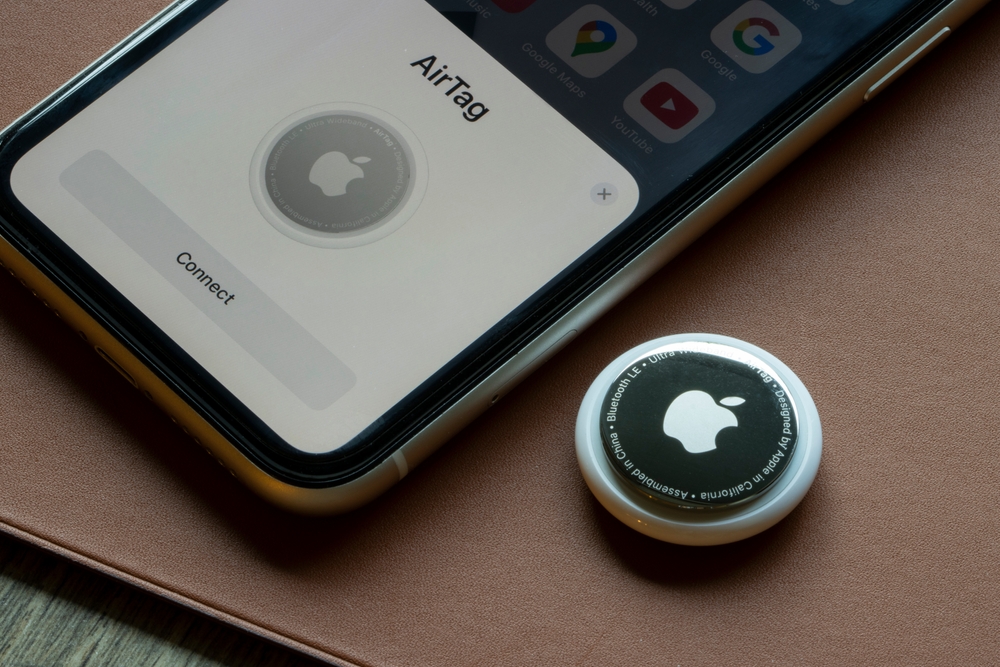Maximize your Apple Tag Battery life with expert tips on replacement, monitoring, and troubleshooting. Keep your AirTag powered for seamless tracking!
Understanding the Apple Tag Battery

Apple’s AirTag, a small device designed for tracking items like keys and bags, has a vital component that users need to understand: its battery. The AirTag, leveraging Apple’s ecosystem, emerged as a simple tracking solution, relying on Ultra-Wideband technology and Bluetooth to pinpoint lost items. Beneath its sleek design, it’s the battery that powers this efficiency.
The Battery Type
The AirTag uses a CR2032 coin cell battery. The CR2032 is one of the most common lithium batteries available. It’s characterized by a 20mm diameter and a 3.2mm thickness. This size fits perfectly in the AirTag’s compact form. The battery is well-known for its long shelf life and reliability.
Battery Life Expectancy
Apple estimates the AirTag battery should last about a year under regular usage. Regular usage implies daily interaction with the tag, such as using the Find My network or triggering the inbuilt speaker multiple times a day. The estimate is based on the average user’s interaction patterns. Real-life battery life can vary based on usage frequency and environmental factors.
Replacing the Battery
Replacing the AirTag battery is straightforward. Start by pressing down and rotating the stainless steel back counterclockwise. Once the back is off, the battery can be removed by slightly pressing the edge until it pops out. Insert a new CR2032 battery with the positive side up. Align the back cover and rotate clockwise until it clicks.
Battery Warnings and Compatibility
It’s crucial to use a battery without any bitterant coating. Several manufacturers coat their batteries with a bitter-tasting compound to prevent ingestion, especially by children. However, batteries with this coating may not always work properly with the AirTag. The coating prevents a solid electrical connection.
Battery Monitoring
The iPhone keeps track of the AirTag’s battery status through the Find My app. The app provides a low battery notification, giving users enough time to replace their battery before it runs out completely. Users should address the low battery status as soon as they receive the alert to ensure continuous tracking capability.
Environmental Considerations
While lithium coin batteries are efficient, they present disposal challenges. Proper disposal methods are essential. Users should avoid tossing old batteries in the trash. Many electronic and hardware stores offer recycling programs. Recycling helps reduce environmental harm.
Common Issues
Users can sometimes encounter problems if a battery change doesn’t resolve a low battery warning. Ensure the new battery is fresh. Check for a secure fit and correct placement. If the AirTag still won’t connect, verify there are no connectivity issues with the phone. Software updates can also be a factor; ensuring iOS is up-to-date might help resolve unexpected issues.
Alternatives and Competitors
While the AirTag stands strong in Apple’s ecosystem, it’s one of many options. Competing products like Tile and Samsung’s SmartTag also use replaceable batteries but offer unique features and ecosystem integrations. Understanding each device’s battery life and replacement process helps consumers make informed choices based on their specific needs.
With the right care and attention, the AirTag battery supports seamless tracking, ensuring peace of mind to users. Accurate knowledge about the battery’s type, life, and proper handling remains essential.





